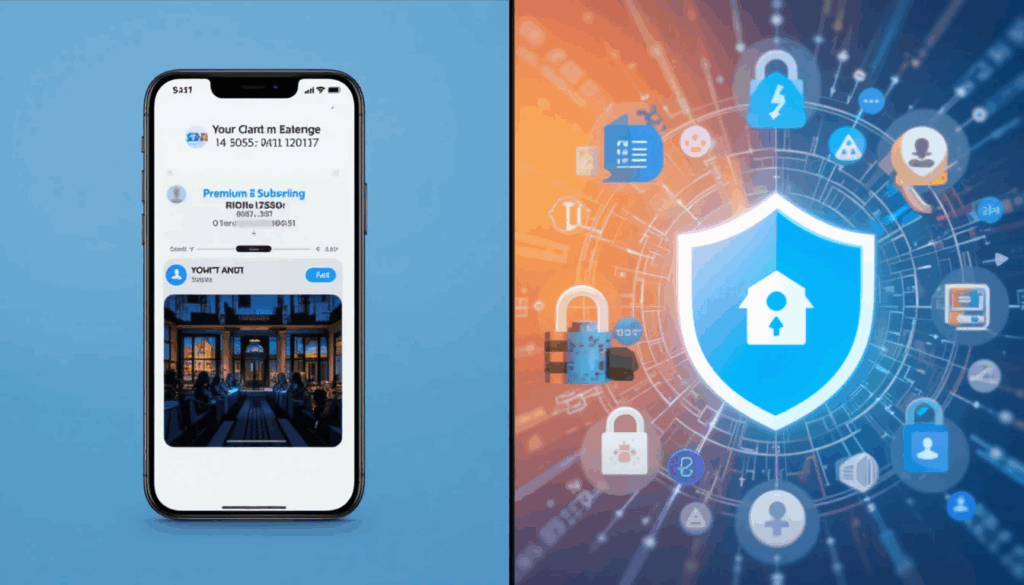In 2025, the average consumer spends $25–$50 monthly on premium fees for secure banking apps, VPNs, and identity theft protection—a direct response to the 68% spike in data breaches since 2023. But as data privacy costs climb, many wonder: Are these services truly worth the investment?
Take banking apps. Institutions like Chase and Bank of America now charge $9.99/month for “Platinum Security” tiers, touting biometric logins and AI fraud detection. Meanwhile, VPNs cost comparison reveals a fractured market: premium services like NordVPN ($12.99/month) promise military-grade encryption, while budget options like ProtonVPN undercut at $3.99. The gap? Features like server speed and no-log policies.
Then there’s identity theft protection pricing, where services like LifeLock and Aura range from $8.99 to $25/month. For data breaches and consumer costs, studies show victims spend an average $1,200 in recovery—making these fees seem trivial by comparison. Yet, 62% of users admit they don’t fully understand what they’re paying for.
The key? Prioritize secure banking app features that matter: end-to-end encryption, real-time transaction alerts, and FDIC insurance. For best VPNs for privacy 2025, look for independent audits and zero-knowledge DNS. And when evaluating identity theft protection worth it, check if the service includes credit freezes and dark web monitoring.
Affordable data security options do exist. Free password managers like Bitwarden and browser-based tracker blockers (e.g., Privacy Badger) reduce reliance on paid tools. Meanwhile, credit unions often offer free fraud alerts, cutting how data breaches affect prices for low-risk users.
Ultimately, data privacy costs are a personal calculus. For high-net-worth individuals or frequent online shoppers, premium tiers justify peace of mind. For others, layered free tools might suffice. The lesson? Read the fine print—and invest only in what shields your vulnerabilities.



